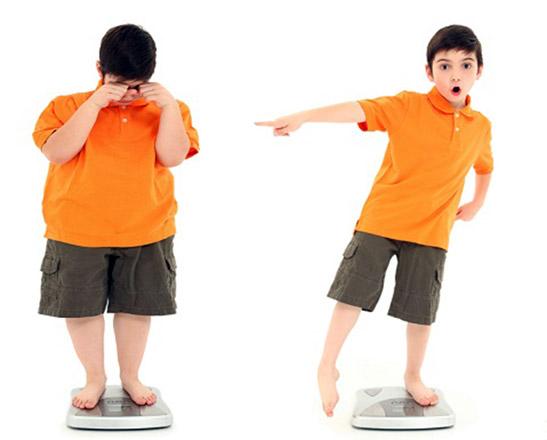NEW YORK –– For Australians over age 65 included in a new study, being obese raised the risk of experiencing a fall by 31 per cent.
“Falls are one of the most common causes of injury for older individuals and as the world population ages, the number of fall-related injuries are projected to increase rapidly,” said lead author Rebecca Mitchell.
“Likewise, rates of overweight and obesity among older individuals are also increasing,” added Mitchell, a researcher with Neuroscience Research Australia at the University of New South Wales.
Mitchell and her colleagues wanted to determine whether overweight and obesity added to the risk of falling among older adults, as well as the risk of being injured in a fall.
The researchers used information from the New South Wales Prevention Baseline Survey, a large Australian population study started in 2009.
A total of 5,681 people 65 years of age and older were asked about their history of falling, their perception of their own risk of falling, their general health status, medication use and activity levels.
Participants who had fallen one or more times in the previous 12 months as a result of accidentally losing their balance, tripping or slipping were also asked how many of those falls resulted in injury and how many required medical attention or led to hospital admission.
According to the results published in the Australian and New Zealand Journal of Public Health, 23 per cent of healthy-weight respondents had fallen once during the previous 12 months and 34 per cent had fallen more than once.
About 30 per cent of obese respondents fell once and another 45 per cent fell more than once, making the overall fall risk 31 per cent higher in the obese group.
The obese participants who fell didn’t have any higher risk of fall-related injuries compared to healthy-weight people who fell, but they were more likely to have other health conditions — such as heart disease, diabetes and high blood pressure — and to report being in moderate or extreme discomfort.
Those who were obese and fell were also more likely to be taking four or more prescription medications.
“It is difficult to know for certain why the risk of falling increases for obese individuals, but it is likely to be as a result of reduced peripheral sensation, general physical weakness and instability when standing or walking,” Mitchell said.
There are a number of common risk factors that can increase any older person’s risk of falling, she added.
“These can include individual factors such as: poor health, instability when standing or walking, some health conditions, such as poor vision or dementia, lack of physical activity, use of multiple medications that can affect balance, and a poor diet,” Mitchell said.
Risks can also be in an older person’s environment, including “uneven or slippery floors, unsecured floor coverings, such as rugs, inappropriate footwear or eyewear, or inadequate lighting,” she said.
“As to why fall-related injuries do not increase for obese individuals this is likely to be as a result of adipose tissue (fat) protecting bone,” Mitchell said.
Compared to the healthy-weight group, the obese participants in the study were more likely to be sedentary for eight or more hours a day, to walk less, to have problems walking and to believe that nothing could be done to prevent falls.

















